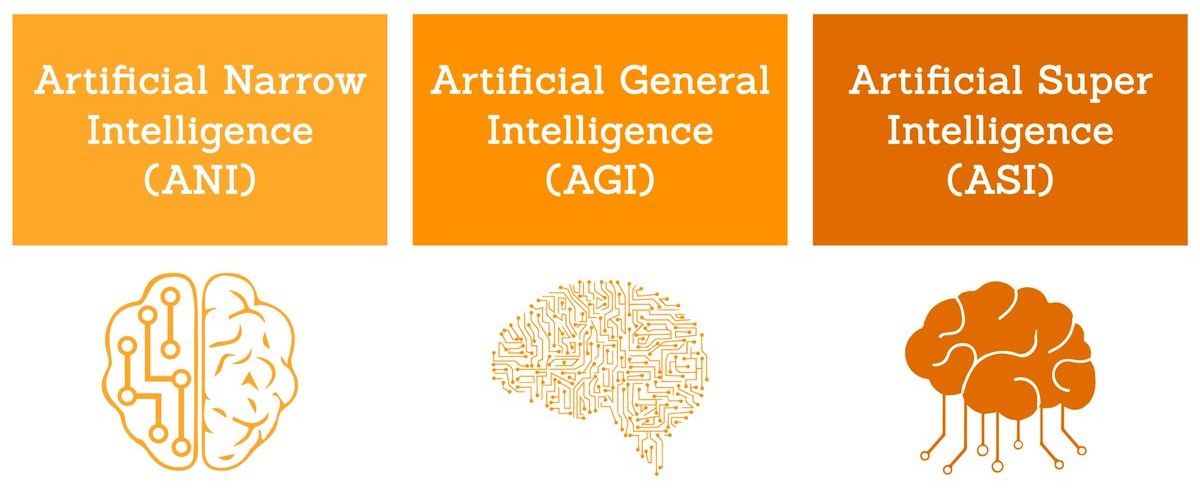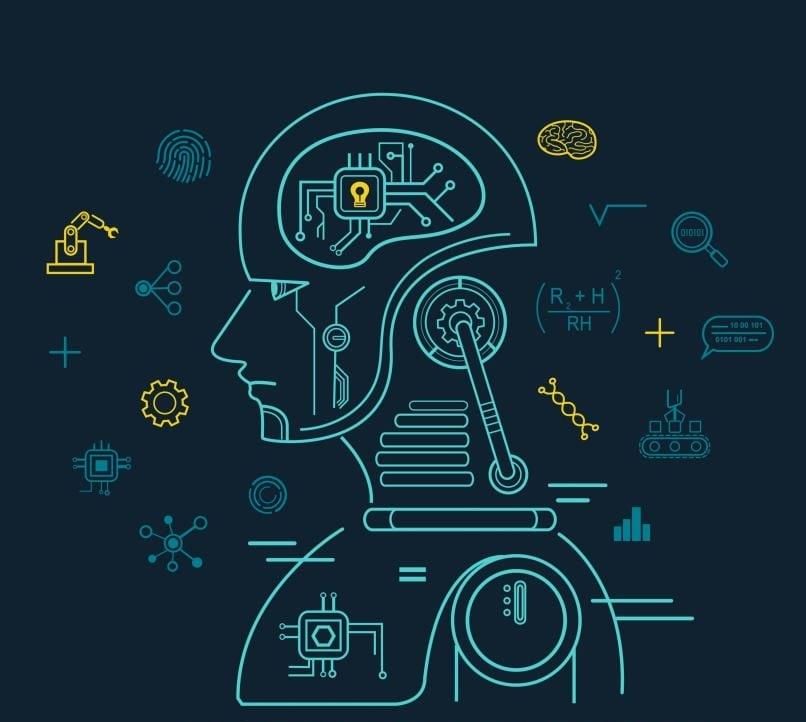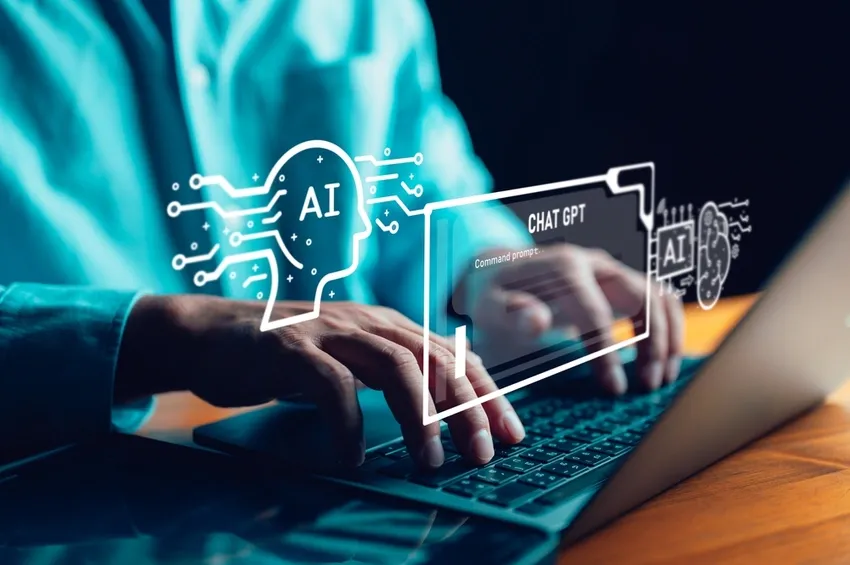Do you understand the differences between AI, machine learning and generative AI ?
In today's rapidly changing technology environment, terms such as artificial intelligence (AI), machine learning (ML), and generative AI (GenAI) are often used interchangeably, confusing their distinct functions. As artificial intelligence becomes more prevalent in various industries, it is imperative to decipher these terms to understand their true implications and potential.
Artificial Intelligence (AI)
At its core, AI encompasses a wide range of technologies designed to mimic
human intelligence. However, this concept can be further categorised into three main branches:
Narrow AI (ANI), General AI (GAI), and Super Artificial Intelligence (ASI).

ANI, also known as weak AI, focuses on specific tasks and operates within predefined parameters. Examples of ANI are virtual assistants like Amazon's Alexa, which respond to voice commands but lack true understanding or cognition. GAI, on the other hand, often referred to as strong AI or artificial general intelligence (AGI), aims to replicate human abilities such as learning, reasoning, and problem solving across different domains. While GAI remains an ambitious goal, current applications of AI are mostly found in the field of ANI. Super or strong artificial intelligence (ASI) is a concept that encompasses AI systems that are capable of solving a wide range of tasks that are equivalent to or even surpass human intelligence.
This kind of AI has the ability to learn autonomously and the ability to
adapt to new environments and problems without human intervention.
Machine Learning (ML) and Generative AI (GenAI)

Machine learning (ML), a subset of AI focused on enabling computers to learn from data without explicit programming, is also found within ANI. ML algorithms extract patterns and knowledge from large datasets, allowing systems to make predictions or decisions based on learned patterns. In addition, within ML, there is the rise of generative AI (GenAI), a sophisticated technology capable of creating original content in a variety of formats - text, images, videos and even music. Unlike traditional AI systems that perform predefined tasks, GenAI generates content independently, often acting realistically.

One of the most significant advances in GenAI is the development of generative adversarial networks (GANs), which were introduced in 2014. GANs consist of two neural networks - a generator and a discriminator - competing with each other to produce and evaluate content. This process leads to the production of high-fidelity outputs such as viable images or compelling text. While AI, ML and GenAI hold enormous potential in industries ranging from healthcare to entertainment, understanding their nuances is key to realizing their full potential. Navigating these technology areas with clarity and foresight will help companies and individuals harness the power of AI to shape a new future.